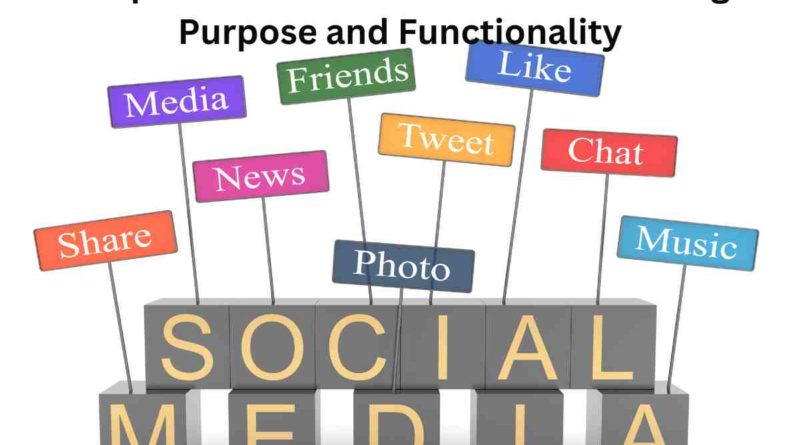A Comprehensive Guide to Understanding its Purpose and Functionality
A Comprehensive Guide to Understanding its Purpose and Functionality: In the digital age, software plays a pivotal role in powering our modern world. From the applications on our smartphones to the complex systems running businesses and industries, software is the foundation that enables technology to function. In this article, we will delve into the concept of software, exploring its definition, purpose, and the various types available. Join us as we demystify software and provide a comprehensive guide to understanding its significance in our daily lives.
Defining Software
The software can be defined as a collection of related instructions organized for a common purpose that enables computer systems to perform specific tasks. It consists of programs, data, and documentation that work together to execute operations, solve problems, and deliver desired outcomes. Software is the intangible component that provides functionality and intelligence to computer hardware, allowing users to interact with technology effectively.
The Purpose of Software
The primary purpose of the software is to enhance the capabilities of computer systems, enabling them to perform specific tasks efficiently and effectively. Whether it’s a simple application for personal use or a complex enterprise software system, the software serves a wide range of purposes, including:
Task Automation: Software automates repetitive tasks, streamlining processes and improving efficiency. It eliminates the need for manual intervention, reducing human error and saving valuable time and resources.
Information Processing: Software enables the processing and manipulation of data, transforming raw information into meaningful insights. It facilitates data storage, retrieval, analysis, and reporting, allowing users to make informed decisions.
Communication and Collaboration: Software facilitates communication and collaboration between individuals and teams. Messaging applications, video conferencing tools, and project management software are examples of software that enable seamless collaboration and information sharing.
Also Read NIMS Applicability: A Comprehensive Overview for Stakeholders with Incident-Related Responsibilities
Entertainment and Recreation: Software powers a wide range of entertainment and recreational applications, including video games, multimedia players, streaming services, and social media platforms. These applications provide users with a means of relaxation, leisure, and social interaction.
Types of Software
The software can be categorized into various types based on its functionality and purpose. Here are some common types of software:
Operating Systems: Operating systems (OS) provide the fundamental software foundation for computer hardware to function. Examples include Windows, macOS, and Linux. Operating systems manage resources, enable hardware communication, and provide a user interface for interaction.
Application Software: Application software refers to programs designed to perform specific tasks or provide specific services. Examples include word processors, spreadsheet applications, web browsers, and graphic design software. Application software caters to a wide range of needs, from personal productivity to professional use.
System Software: System software encompasses programs that facilitate the operation and management of computer systems. This includes device drivers, utility programs, and operating system components that optimize system performance, manage resources, and ensure security.
Database Software: Database software enables the storage, organization, and retrieval of data in a structured manner. It provides functionalities for creating, managing, and manipulating databases, facilitating efficient data management for businesses and organizations.
Follow Us On The NewUsaNews Facebook Page For the Latest Updates
Enterprise Software: Enterprise software caters to the needs of large-scale organizations and businesses. It includes customer relationship management (CRM) systems, enterprise resource planning (ERP) software, and supply chain management (SCM) solutions. Enterprise software streamlines business processes, enhances collaboration, and supports decision-making.
Gaming Software: Gaming software encompasses video games and related applications. It includes game engines, development tools, and platforms that enable the creation, distribution, and playing of digital games. Gaming software combines graphics, sound, and interactivity to provide immersive entertainment experiences.
A Comprehensive Guide to Understanding its Purpose and Functionality: Conclusion
In conclusion, the software is a collection of related instructions that enables computer systems to perform specific tasks and deliver desired outcomes. It serves a wide range of purposes, including task automation, information processing, communication and collaboration, and entertainment. Software can be categorized into various types, including operating systems, application software, system software, database software, enterprise software, and gaming software. Understanding the significance and functionality of the software is essential in navigating the digital landscape and leveraging technology effectively. Let us appreciate the role of software in enhancing our daily lives and empowering us to achieve more with the help of technology.
